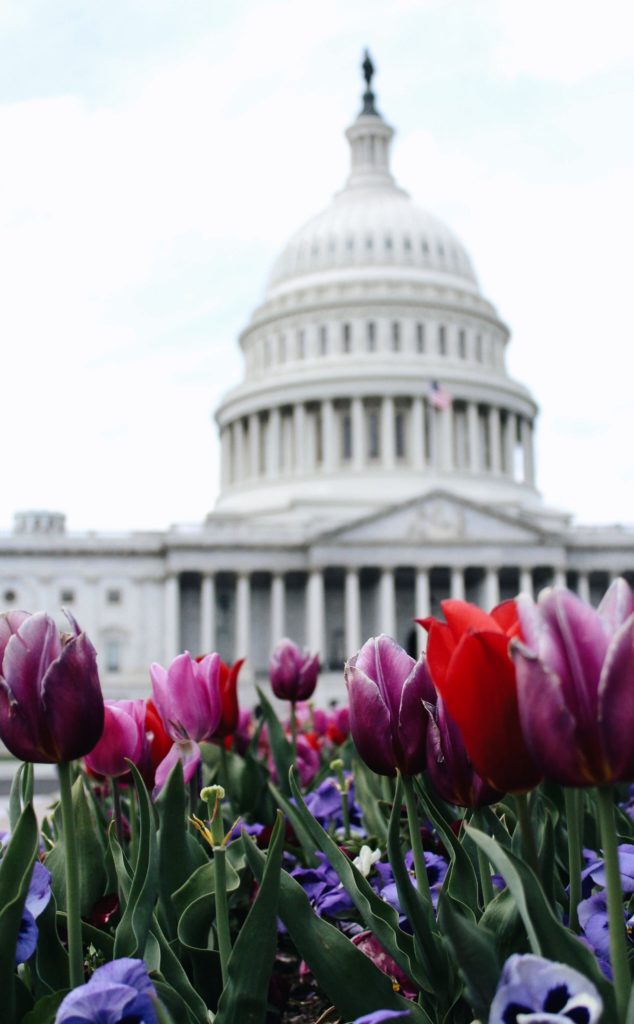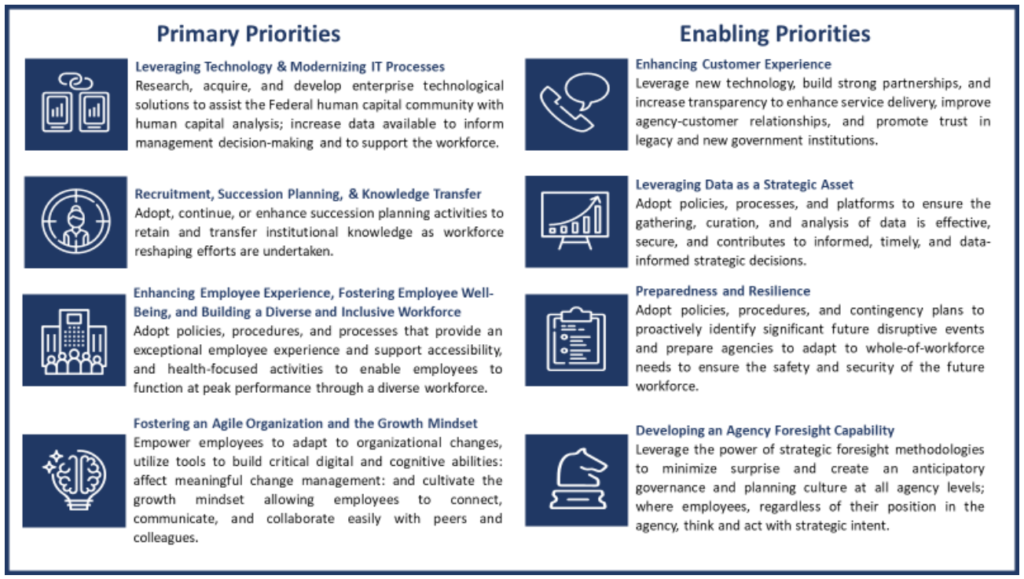Midweek update
From Capitol Hill, A bipartisan PBM transparency bill was introduced by Senators Maria Cantwell (D Wash) and Charles Grassley (R Iowa) last week.
Sens. Chuck Grassley (R-Iowa), ranking member of the Judiciary Committee, and Maria Cantwell (D-Wash.), chair of the Committee on Commerce, Science and Transportation, have introduced legislation that would empower the Federal Trade Commission (FTC) to increase drug pricing transparency and hold pharmacy benefit managers (PBMs) accountable for unfair and deceptive practices that drive up the costs of prescription drugs at the expense of consumers.
The Pharmacy Benefit Manager Transparency Act of 2022 would ban deceptive unfair pricing schemes; prohibit arbitrary claw backs of payments made to pharmacies; and require PBMs to report to the FTC how much money they make through spread pricing and pharmacy fees.
Healthcare Dive reports on a recent study supporting the goals of this bill.
From the Omicron and siblings front
Bloomberg Prognosis informs us
Turns out a third dose of messenger RNA vaccine provides a key boost to immunity against Covid regardless of the original shot.
That’s what scientists from the Chinese University of Hong Kong found after scouring 53 studies that contained at least 24 different vaccine regimens.
Three mRNA doses offered the best protection against infection, the researchers found, though just one of those shots as a booster after other types of Covid-19 vaccines worked almost as well.
The Wall Street Journal tells us
Pfizer Inc. and partner BioNTech SE asked U.S. health regulators to authorize three doses of their vaccine for children under 5 years.
The request Wednesday to the Food and Drug Administration comes after the companies said last month that three doses of the shot were 80% effective at preventing symptomatic Covid-19 and generated a robust immune response in children ages 6 months to 5 years old.
The Pfizer-BioNTech vaccine was also found to be safe and well-tolerated among the children in studies, according to the companies.
FDA clearance could come before the end of the month. If the Centers for Disease Control and Prevention signs off, the last remaining group of people in the U.S.—roughly 19 million young children—would get access to shots at doctors’ offices, pharmacies and other locations.
The FDA is scheduled to consider the Pfizer and Moderna emergency authorization requests for mRNA Covid vaccinations for children aged six months to five years.
The National Institutes of Health reveals
A National Institutes of Health-funded study has found that people with food allergies are less likely to become infected with SARS-CoV-2, the virus that causes COVID-19, than people without them. In addition, while previous research identified obesity as a risk factor for severe COVID-19, the new study has identified obesity and high body mass index (BMI) as associated with increased risk for SARS-CoV-2 infection. In contrast, the study determined that asthma does not increase risk for SARS-CoV-2 infection.
The Human Epidemiology and Response to SARS-CoV-2 (HEROS) study also found that children ages 12 years or younger are just as likely to become infected with the virus as teenagers and adults, but 75% of infections in children are asymptomatic. In addition, the study confirmed that SARS-CoV-2 transmission within households with children is high. These findings were published today in the Journal of Allergy and Clinical Immunology.
From the healthcare business front
Fierce Healthcare reports
Optum is still on an acquisition hot streak, scooping up Healthcare Associates of Texas, Axios reported Wednesday.
Sources told the news outlet that the purchase from Webster Equity Partners would earn HCAT a $300 million enterprise value and earnings before interest, taxes, depreciation and amortization in the high teens. UnitedHealth Group, Optum’s parent company, has made overtures to purchase HCAT in the past, according to the report.
HCAT has a large footprint in the Dallas-Fort Worth metropolitan area and has also invested heavily in value-based care, both of which make it an attractive buy for Optum.
Webster bought HCAT in 2016. Neither UnitedHealth nor HCAT has verified the veracity of the deal.
N.B. The FEHBlog is in Dallas today!
Fierce Biotech tells us
GSK is betting big to reenergize its fight for a share of the pneumococcal vaccine market, agreeing to pay $2.1 billion upfront to acquire Affinivax for a challenger to Pfizer’s blockbuster Prevnar franchise.
The British Big Pharma already has an approved pneumococcal vaccine, Synflorix, but has failed to turn it into a true rival to Pfizer’s incumbent. Sales of Synflorix fell (PDF) to 357 million pounds sterling ($450 million) last year, while the Prevnar range of vaccines still topped (PDF) $5 billion in the face of COVID-related headwinds and the timing of government purchases. Last year’s approval of Merck & Co.’s Vaxneuvance further intensified competition.
From the studies department
- Forbes informs us “The U.S. spends twice as much on cancer care than average for high-income countries but mortality rates are only slightly better than average for these countries, according to a new study.”
- Fierce Healthcare reports on a Kaiser Family News projection of 2022 insurer rebates required by the Affordable Care Act.
Kaiser’s analysis—which is based on data reported by insurers to state regulators—predicts that individual market insurers will have to pay out $603 million in rebates for 2022, with small group markets sending out $275.5 million and $168.1 million for large group plans. The final rates will be released later this year.
The $603 million for individual market plans, which includes the ACA’s exchanges, is far below the $1.3 billion in rebates for 2021 and $1.7 billion for 2020.






